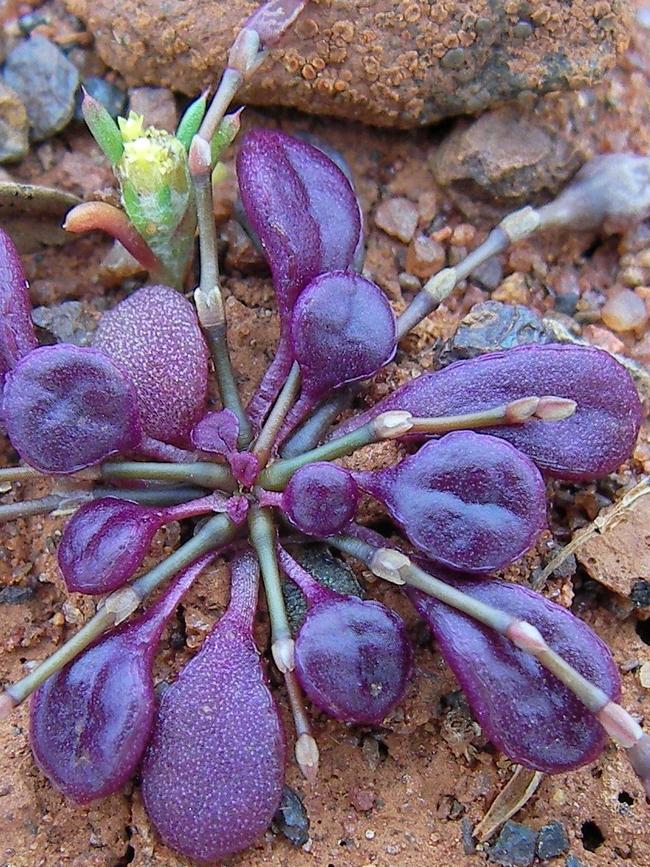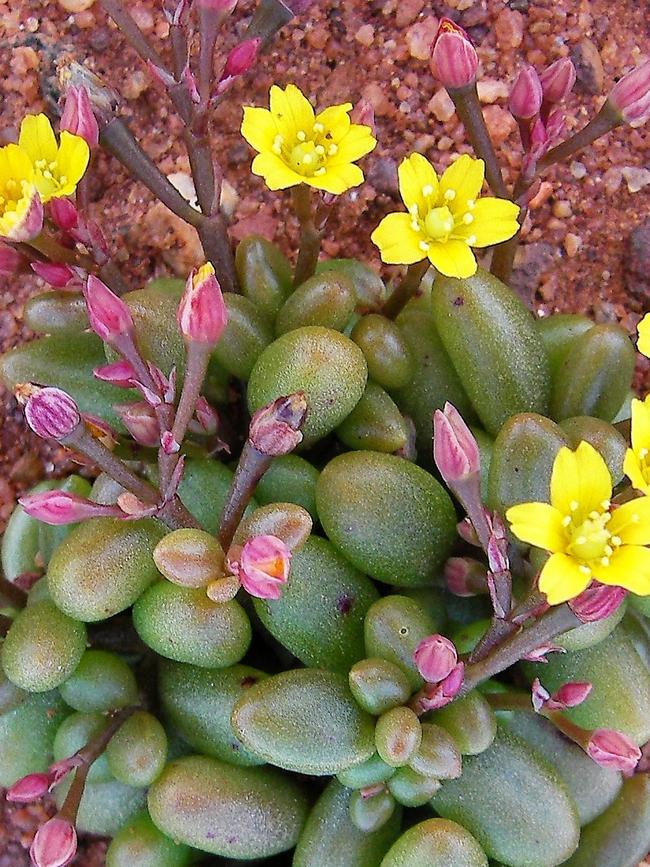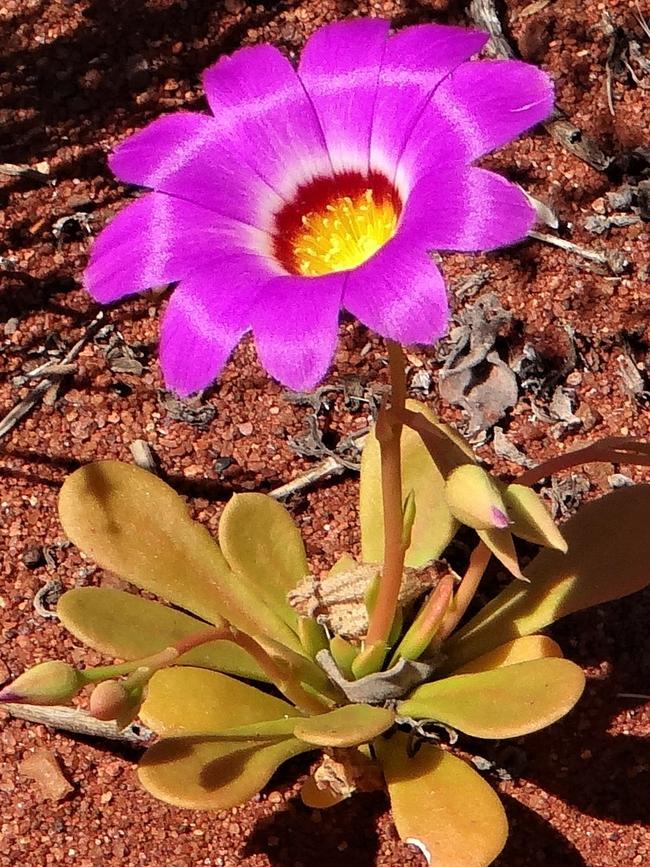Edible Australian succulents are in the spotlight
Succulents guru Attila Kapitany is on a mission to have us know and grow more native edible succulents. They have an original taste and health benefits.

Attila Kapitany is Australia’s succulents guru, having four decades of study and numerous publications on the subject under his belt. His extensive succulent garden in Melbourne is a wonderland. He’s on a mission to have us know and grow more of our native edible succulents than the usual samphire and ruby saltbush. He laments the derogatory name pigface, given to various species of Carpobrotus, Disphyma and Sarcozona that share similar arid habitats, and staunchly defends pigweed, a common name attached to several Portulaca species. You might be familiar with purslane (Portulaca oleracea), widespread globally as a weed, food and medicinal plant. Kapitany’s extensive research and travels through remote Australia have uncovered forms that are arguably native, being recorded as food in early Indigenous cultures. He has sampled and grown countless native succulents in garden beds, trial plots and pots, in search of horticulturally worthwhile plants. From native P. oleracea, he’s bred ‘Omega Gold’ and ‘Omega Red’, both named for their foliage colour. Their leaves, stems and seeds are edible, and both contain unusual betalains that have the potential to treat diabetes.
This little piggy
Slender pigweed (Portulaca filifolia) develops potato-like tubers. Several species of parakeelya (Calandrinia), characterised by their flattened rosettes of succulent leaves, have crisp white tuberous roots.


Others to try growing at home are bulbine lily (Bulbine glauca) and bower spinach (Tetragonia implexicoma), with nutritious leaves and red fruit.


Q&A
My African violets look green and healthy but won’t flower. Why?
Lyn Roberts, by email
To flower well, African violets need 10-12 hours per day of bright, indirect light – strong enough to cast a slight shadow if you hold your hand about 12cm above the plant. Enthusiasts use artificial lights to achieve the required levels. Plants with many side shoots can stop flowering; keep to a single rosette of foliage. Re-pot every spring and use a liquid, flower-boosting fertiliser monthly, as flowers come from the axils of newly grown leaves.
Chilli thrips hit my roses badly last year and are appearing again. What can I use that won’t harm my leaf-cutting bees?
Marie Scobie, Perth
Now a significant pest in WA, chilli thrips attack more than 150 species, including roses, berries and many vegetables, causing severe damage to leaves, flowers and fruits. They breed so prolifically in warm weather that early intervention is essential. Use sticky traps to monitor, then prune off affected growth and spray promptly. Organic sprays such as Natrasoap and Eco-neem are safe for bees; Success Ultra is not but might be more effective. The effect of sprays can be brief, making frequent repeats necessary. Clear leaf litter where thrips pupate. In large gardens it might be worth buying Cumeris predatory mites from the website bugsforbugs.com.au.
My large wattle (Acacia ramiflora) drops copious amounts of split seed pods. Are these suitable to use as mulch? Do they change the soil pH?
Milena Stephens, Townsville
Wattle pods make an excellent mulch that will help keep moisture in the soil and add a source of organic matter. They won’t affect the soil pH.
Send your questions to helenyoungtwig@gmail.com. The best question for December/January wins Paul Bangay’s latest book, A Life in Garden Design (Thames and Hudson, $80)
More Coverage








To join the conversation, please log in. Don't have an account? Register
Join the conversation, you are commenting as Logout